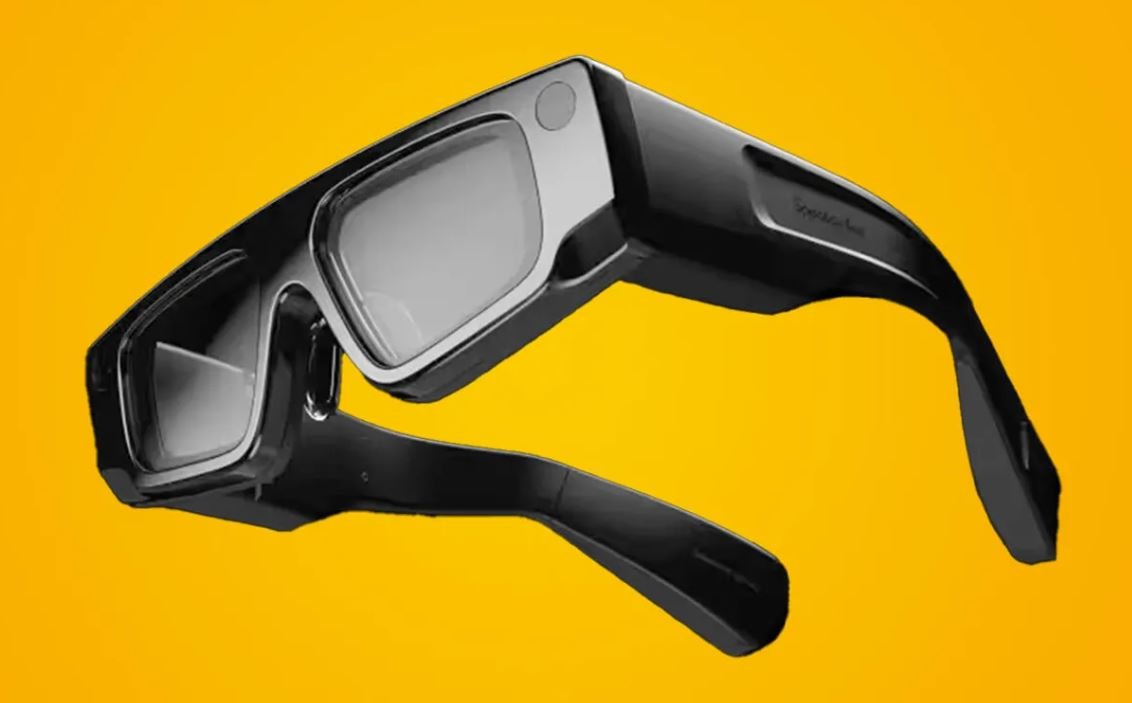Radio, a medium renowned for its enduring presence, maintains its allure by captivating global audiences with diverse programming and accessibility. This article delves into the ongoing evolution, influence, and sustained significance of radio in the digital era, underscoring its pivotal role as an essential source of information, entertainment, and community engagement.
Understanding Radio:
Originally conceived as a wireless communication tool, radio has morphed into a robust broadcasting platform offering a spectrum of content, including music, news, talk shows, and sports commentary. Its transmission relies on electromagnetic waves to convey audio signals across vast distances, reaching listeners through various devices equipped with radio tuners.
Features and Functionality:
Modern radio broadcasting has seamlessly integrated digital advancements, granting audiences myriad options for content consumption. From conventional AM/FM stations to internet radio, podcasts, and streaming services, radio content is now accessible across multiple platforms and devices. Moreover, innovations in digital radio technologies like HD Radio and DAB (Digital Audio Broadcasting) have enhanced audio quality and expanded channel offerings.

Benefits of Radio:
1. Broad Accessibility: Radio stands out as one of the most accessible media formats, bridging geographical and socioeconomic gaps to reach audiences across diverse demographics. Its low entry barriers, facilitated by inexpensive receivers and widespread mobile phone usage, ensure instantaneous access to news, music, and entertainment for millions globally.
2. Real-Time Information Delivery: Serving as a vital conduit for timely information dissemination, radio swiftly delivers news updates, weather forecasts, traffic advisories, and emergency alerts. Its immediacy and omnipresence render radio indispensable during crises or emergencies, providing crucial updates and reassurance to listeners.
3. Diverse Programming: Radio caters to eclectic tastes and preferences with its diverse programming repertoire. From mainstream music channels to niche genres, talk radio, cultural showcases, and community-driven content, radio programming reflects audience diversity and fosters inclusivity within communities.
4. Personal Connection: Unlike other media forms, radio cultivates an intimate bond between hosts and listeners, nurturing a sense of companionship and community. Through interactive segments, live call-ins, and listener engagement, radio facilitates meaningful dialogue, fostering connection and belonging.
Impact of Radio:
Radio continues to exert a profound influence on culture, public discourse, and societal cohesion, owing to its ability to engage diverse audiences and adapt to evolving technological landscapes.
Conclusion:
In conclusion, radio persists as an evergreen medium, adapting to modernity while retaining its intrinsic appeal. With its broad accessibility, real-time information dissemination, diverse programming, and intimate connection with listeners, radio remains a cornerstone of communication, entertainment, and community cohesion. As technology evolves and audience preferences shift, radio will undoubtedly endure, reaffirming its status as a cherished medium for generations to come.




![Snapchat Spectacles (5th Gen) [Top Features Unveiled] [2024] Snapchat Spectacles](https://barefootclimb.com/wp-content/uploads/2024/10/Snapchat-Spectacles-150x150.jpg)






